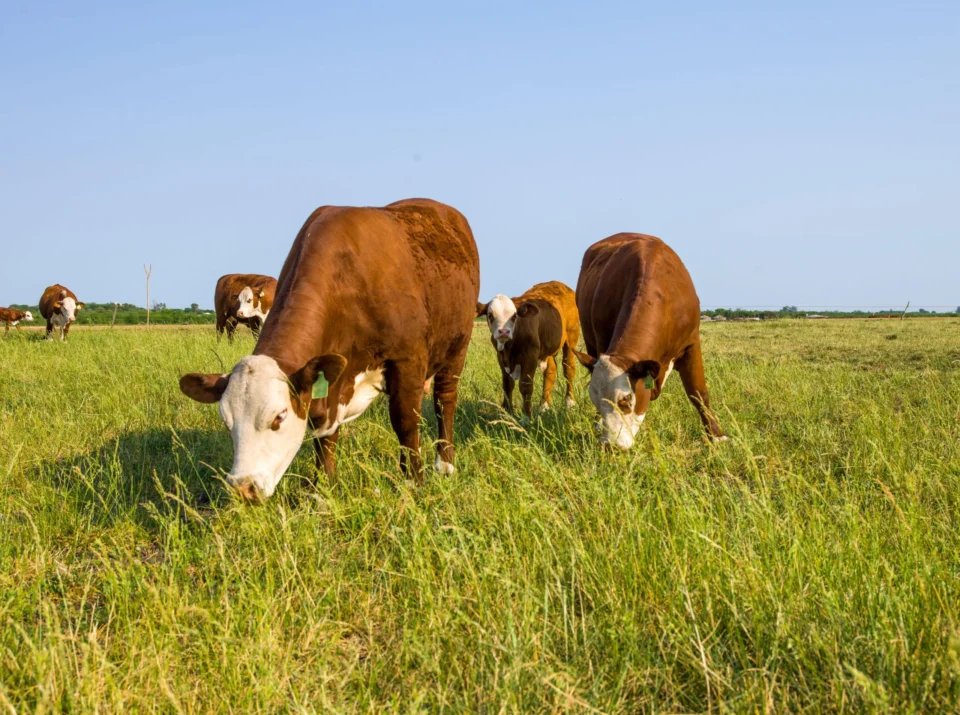A groundbreaking global initiative is bringing space technology to African farms, helping livestock keepers optimise grazing, boost productivity, and cut harmful emissions.
The Global Methane Hub has launched the Time2Graze project, which uses satellite-based monitoring to provide real-time data on pasture conditions. This technology will allow farmers to know precisely when and where to graze cattle, goats, and sheep—maximising feed quality, improving animal nutrition, and preventing overgrazing.
Tackling Climate and Productivity Challenges
Livestock is at the heart of African agriculture, supporting millions of smallholder farmers with food and income. But climate change—through erratic rainfall and prolonged droughts—is undermining pasture quality. This reduces animal productivity and increases methane emissions, a major greenhouse gas linked to digestion in ruminants.
By tracking grassland biomass at 10m x 10m resolution, updated every five days, the Time2Graze system provides near-real-time insights. Studies suggest that improving feed digestibility by just 10% could cut methane emissions by up to 20%, while also increasing milk and meat yields.
“Grazing livestock systems are vital to rural livelihoods in Africa, but they remain highly vulnerable to climate variability,” said Dr. Santiago Rafael Fariña, senior agriculture program officer at the Global Methane Hub. “This project will put real-time information directly in the hands of farmers, enabling them to farm more sustainably.”
African-Led Partnerships
In Africa, the initiative will be spearheaded by the World Resources Institute (WRI), in partnership with the International Center for Tropical Agriculture (CIAT), Uruguay’s National Agriculture Research Institute (INIA), WWF, and more than 30 regional partners.
The project will roll out seven country-specific tools, tested at 115 on-farm trial sites with farmer associations and extension officers. These tools will be tailored to local realities, ensuring practical solutions for smallholder farmers.
Win-Win for Farmers and the Environment
Africa currently utilises only 40–60% of its forage potential, while livestock systems contribute significantly to methane emissions—nearly 80% of which come from developing regions.
“Time2Graze represents a win-win opportunity for African livestock farmers,” said Hayden Montgomery, director of the agriculture programme at the Global Methane Hub. “Better nutrition leads to stronger animals and higher yields, while lower methane emissions support food security, climate commitments, and livelihoods.”
Towards Climate-Smart Livestock Farming
The project highlights Africa’s central role in shaping climate-smart livestock systems—resilient to extreme weather, economically viable, and environmentally sustainable.
By combining traditional pastoral practices with cutting-edge satellite data, Time2Graze is setting the stage for a new era of smarter, greener livestock farming across the continent.



